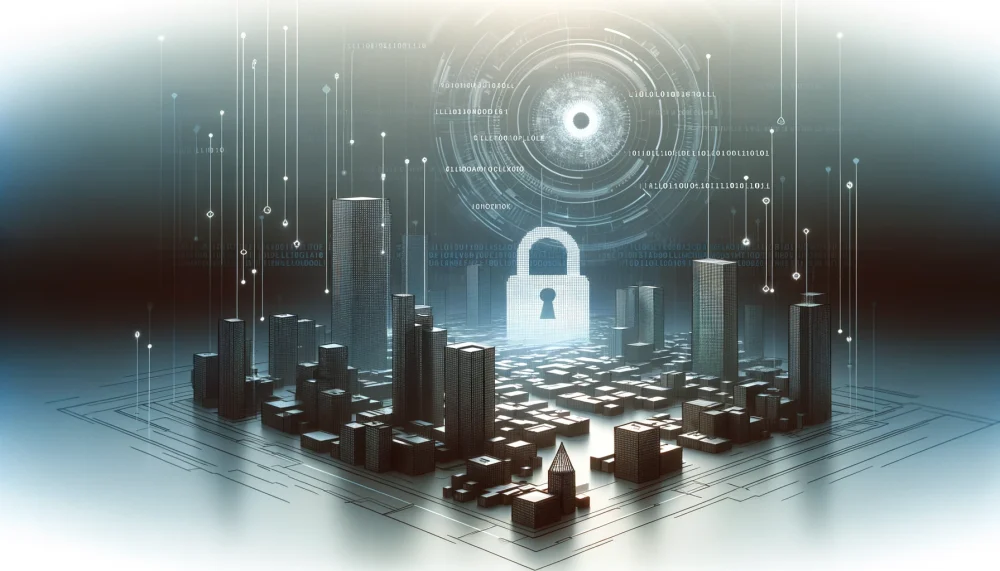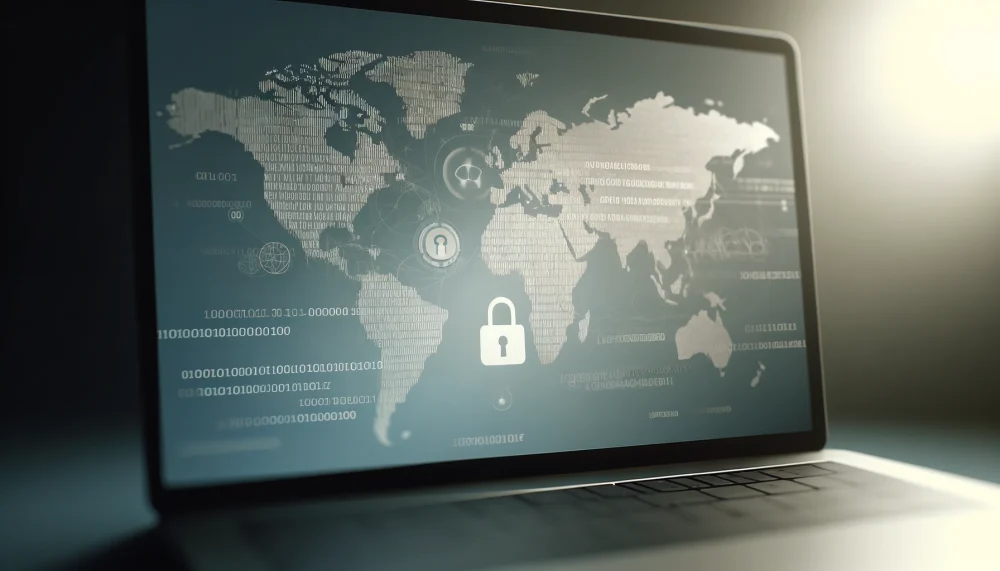
China-Linked Hackers Target US AI Experts with SugarGh0st Malware
Researchers at Proofpoint have uncovered a highly targeted campaign by a suspected Chinese threat actor, dubbed “UNK_SweetSpecter,” aimed at stealing information from artificial intelligence experts in the United States. The attackers used a customized variant of the notorious Gh0st RAT malware, called SugarGh0st, to infect the systems of a select group of individuals associated with a leading US-based AI organization. The campaign, which surfaced in May 2024, involved AI-themed phishing emails containing a malicious ZIP archive. Once executed, the malware established communication with an attacker-controlled command-and-control server, potentially allowing the hackers to exfiltrate sensitive data related to generative AI technologies. Proofpoint suggests that this campaign may be a response to recent US government efforts to restrict Chinese access to generative AI technologies. The targeted nature of the attack and its focus on AI experts indicate that the threat actor’s objective was likely to obtain non-public information about generative artificial intelligence to further China’s development goals in this field.Secure Your Emails Now

CISA Warns of Actively Exploited Flaw in NextGen Healthcare Mirth Connect
The U.S. Cybersecurity and Infrastructure Security Agency (CISA) has issued an urgent warning about a critical security vulnerability in NextGen Healthcare Mirth Connect, an open-source data integration platform widely used in the healthcare industry. The flaw, tracked as CVE-2023-43208, allows for unauthenticated remote code execution and is believed to be actively exploited in the wild. The vulnerability stems from an incomplete patch for another critical flaw, CVE-2023-37679, and is related to the insecure usage of the Java XStream library for unmarshalling XML payloads. Researchers at Horizon3.ai first disclosed the vulnerability in October 2023, with additional technical details and a proof-of-concept exploit released in January 2024. CISA has added CVE-2023-43208 to its Known Exploited Vulnerabilities (KEV) catalog, mandating federal agencies to update their systems to Mirth Connect version 4.4.1 or later by June 10, 2024. Although the agency has not provided specifics about the ongoing attacks, the flaw is considered easily exploitable and poses a significant risk to healthcare organizations. In addition to the Mirth Connect vulnerability, CISA has also added a recently disclosed type confusion bug affecting Google Chrome (CVE-2024-4947) to the KEV catalog, as it has been acknowledged by Google to be exploited in real-world attacks.
City of Wichita Targeted in Weekend Ransomware Attack
The City of Wichita, Kansas, the largest city in the state and one of the top 50 largest cities in the United States, has revealed that it was hit by a ransomware attack over the weekend. The incident, which occurred on Sunday, May 5th, forced the City to shut down portions of its network to prevent the spread of the ransomware to other devices. In an uncommonly transparent move, the City confirmed the attack on their website, stating that a thorough review and assessment of the incident is underway, including the potential impact on data. As a result of the attack, online payment systems for the City, including those for paying water bills and court citations and tickets, are currently offline. While the City has not disclosed the identity of the ransomware gang responsible for the attack, they have reported the incident to local and federal law enforcement agencies, which are assisting in the response. It is not yet known whether any data has been stolen, although it is common for ransomware gangs to exfiltrate data from compromised networks for days or even weeks before deploying their encryptors. Despite the attack, the City has assured residents that first responders, including police and fire departments, are still providing services, having switched to business continuity measures where necessary.Fortify Critical Infrastructure Defenses

Black Basta Ransomware Targets Over 500 Organizations Globally
The Black Basta ransomware-as-a-service (RaaS) operation has targeted more than 500 private industry and critical infrastructure entities across North America, Europe, and Australia since its emergence in April 2022, according to a joint advisory published by CISA, FBI, HHS, and MS-ISAC. The threat actors behind Black Basta have encrypted and stolen data from at least 12 out of 16 critical infrastructure sectors, employing a double-extortion model. The group’s affiliates use common initial access techniques, such as phishing and exploiting known vulnerabilities, and provide victims with a unique code to contact them via a .onion URL for ransom payment instructions. Black Basta has been linked to 28 of the 373 confirmed ransomware attacks in April 2024 and witnessed a 41% increase in activity quarter-over-quarter in Q1 2024. The group is believed to have ties to the cybercrime group FIN7. The ransomware landscape is undergoing changes, with an 18% decline in activity in Q1 2024 compared to the previous quarter, primarily due to law enforcement operations against ALPHV (aka BlackCat) and LockBit. New ransomware groups, such as APT73, DoNex, DragonForce, Hunt, KageNoHitobito, Megazord, Qiulong, Rincrypt, and Shinra, have also emerged in recent weeks. Despite the overall decline in ransomware activity, the average ransom payment has increased 5-fold over the last year, from $400,000 to $2 million, according to a Sophos survey. However, victims are increasingly refusing to pay the initial amount demanded, with only 24% of respondents paying the original request.Boost Your Cyber Resilience
SSL.com Announcements
SSL.com’s S/MIME Certificates can now be integrated with an LDAP-enabled network
LDAP (Lightweight Directory Access Protocol) is an industry-standard protocol for accessing and managing directory information services. It is commonly used for storing and retrieving information about users, groups, organizational structures, and other resources in a network environment.
Integrating LDAP with S/MIME certificates involves utilizing LDAP as a directory service to store and manage user certificates.
By integrating LDAP with S/MIME certificates, organizations can centralize certificate management, enhance security, and streamline the process of certificate retrieval and authentication in various applications and services that leverage LDAP as a directory service.
Contact sales@ssl.com for more information on LDAP integration.


